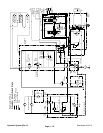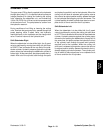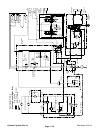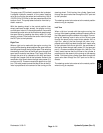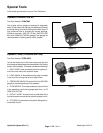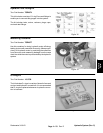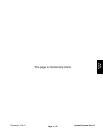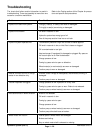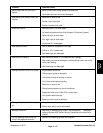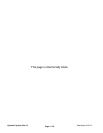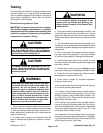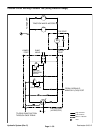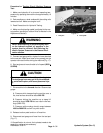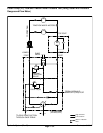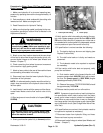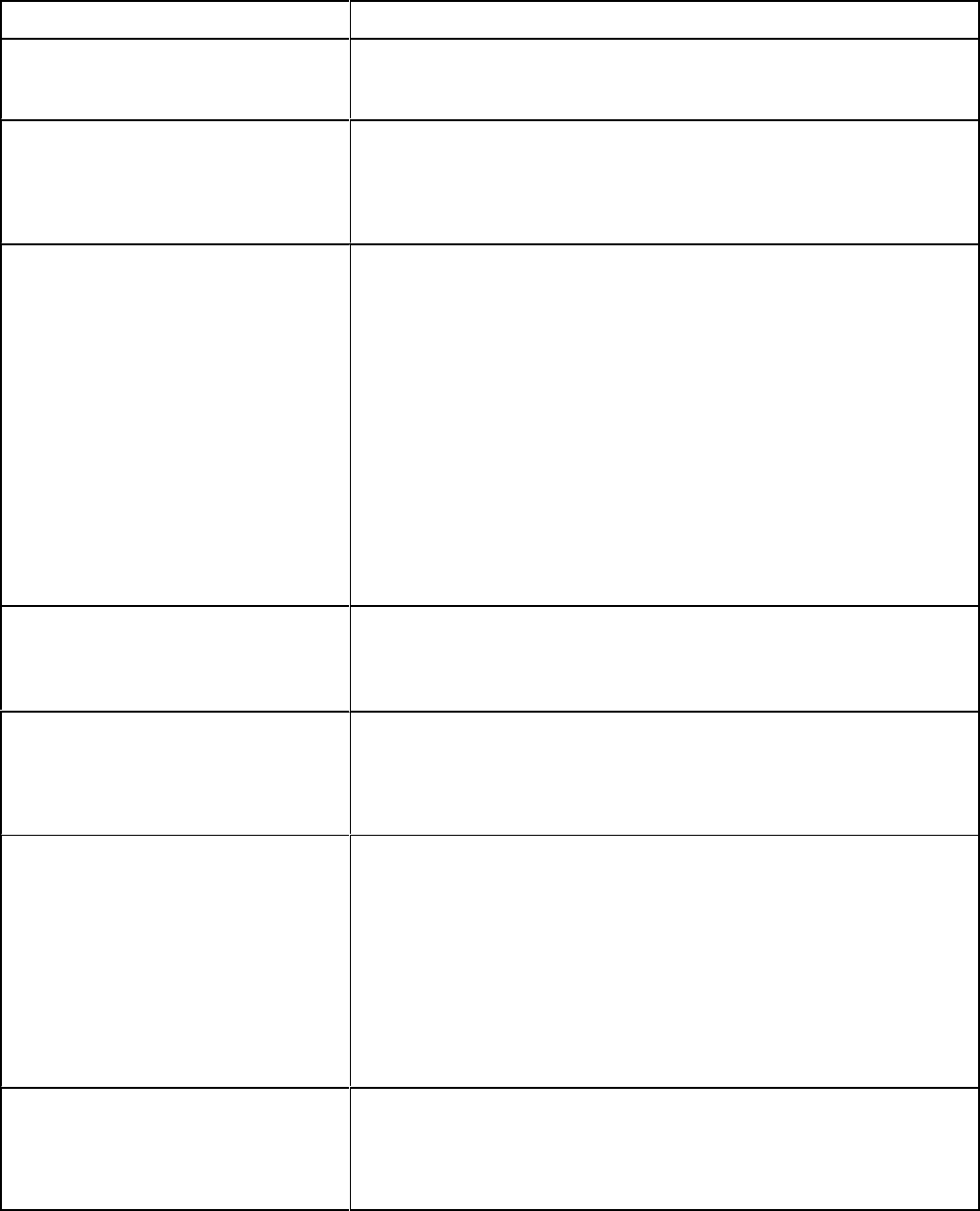
Reelmaster 3100−DHydraulic System (Rev. C)
Page 4 − 26
Troubleshooting
The charts that follow contain information to assist in
troubleshooting. There may possibly be more than one
cause for a machine malfunction.
Refer to the Testing section of this Chapter for precau-
tions and specific test procedures.
Problem Possible Cause
Hydraulic oil leaks from system. Fitting(s), hose(s), or tube(s) are loose or damaged.
O−ring(s) or seal(s) are missing or damaged.
Hydraulic fluid foams. Oil level in reservoir is low.
Hydraulic system has wrong type of oil.
One of the pump suction lines has an air leak.
Hydraulic system operates hot. Transmission pressure is high due to load or brakes applied.
Oil level in reservoir is low, or inlet filter is loose or clogged.
Oil is contaminated or too light.
Heat exchanger (if equipped) is damaged or plugged. By−pass re-
lief is stuck open or air flow is obstructed.
Charge pressure is low.
Towing by−pass valve is open or defective.
Wheel motor(s) or reel motor(s) are worn or damaged.
Traction pump is worn or damaged.
Neutral is difficult to find, or unit op-
erates in one direction only.
External control linkage is misadjusted, disconnected, binding, or
damaged.
Traction pump is worn or damaged.
Traction response is sluggish. Charge pressure is low. Hydraulic oil is very cold.
Towing by−pass valve is open or worn. Brake is not released.
Traction pump or wheel motor(s) are worn or damaged.
No traction exists in either direction. Brake is not released.
Oil level in reservoir is low.
Towing by−pass valve is open.
Charge pressure is low.
Traction pump or wheel motor(s) are worn or damaged.
Traction pump drive belt loose or broken.
Wheel motor will not turn. Internal parts in wheel motor are damaged.
Brakes are binding.
Key on wheel motor shaft is sheared or missing.



